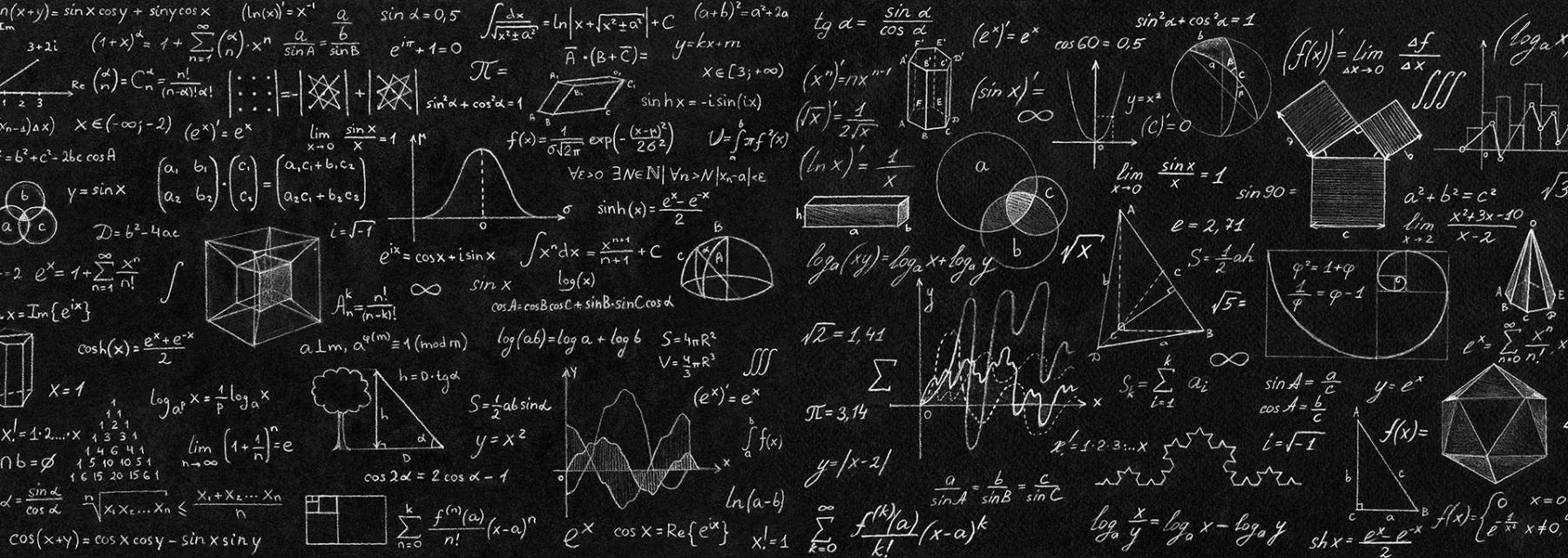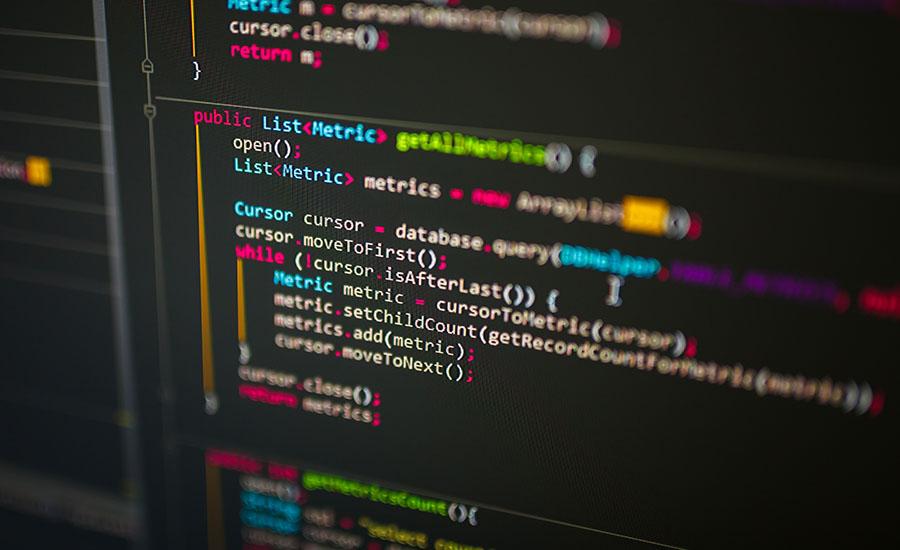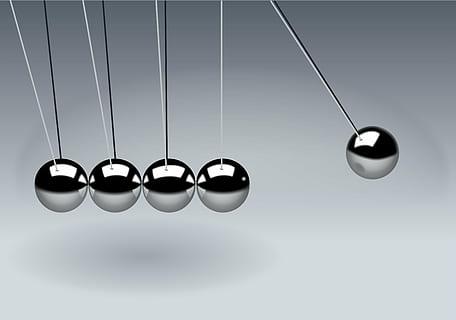
Balancing Act
This lesson aims to introduce the concept of equilibrium point by creating and revising a model.
This hands-on lesson encourages students to explore the concepts of equilibrium and balance while promoting consensus-building within their small groups. It encourages critical thinking, collaboration, problem-solving, and communication skills, which are essential in the scientific process.
I use this lesson early in the year and refer back to it when creating force diagrams. It is a great introductory lab to start modeling consensus building in the classroom.
Lesson Plan Link/URL
https://docs.google.com/presentation/d/1FehYSjS48Li5IK7ehxeIWiw-K6qZsK80/edit?u…Subject Area
Science Physical Science P3: Net Force Technology 3. Knowledge Constructor 6. Creative Communicator Mathematics Measurement and Data (MD) English Language Arts (ELA) Speaking & ListeningRelated Content


In this lesson, students will extract chlorophyll from spinach leaves and make different concentrations following the dilution method. Students will learn to compare the absorbance values obtained at

Investigative Phenomenon: When subjected to identical forces, a golf ball and a table tennis ball exhibit distinct movement. In this lesson, students discover: 1. Equivalent force may result in varied